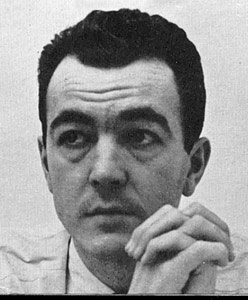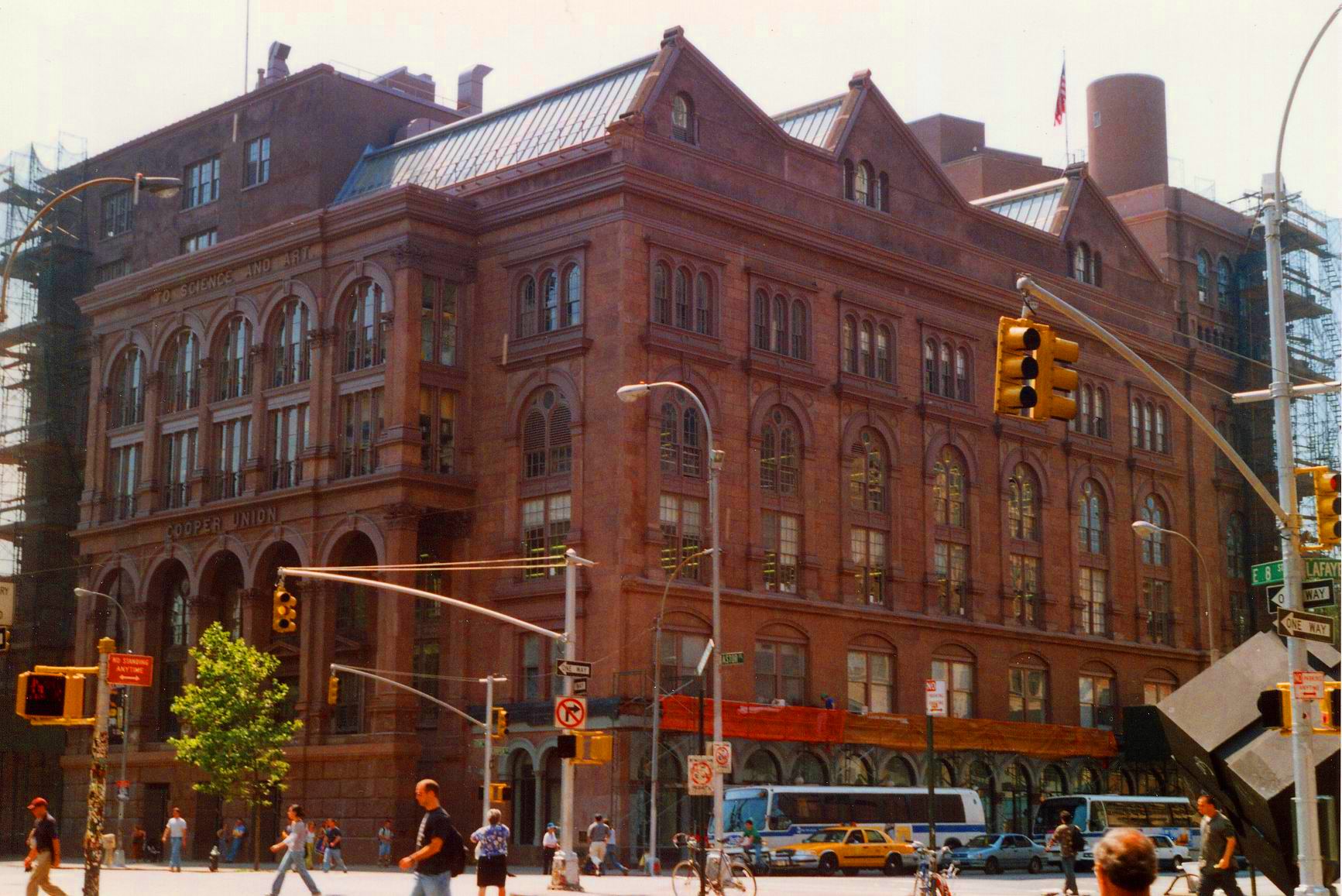

Partner Edgar Kaufmann, Jr
Queer Places:
Columbia University (Ivy League), 116th St and Broadway, New York, NY 10027
Fallingwater, 1491 Mill Run Rd, Mill Run, PA 15464
The Museum of Modern Art, 11 W 53rd St, New York, NY 10019
 Paul Mayén (1918
- November 3, 2000) was a noted architect and industrial designer, founder of Habitat, Intrex and Architectural Supplements, Inc.
Paul Mayén (1918
- November 3, 2000) was a noted architect and industrial designer, founder of Habitat, Intrex and Architectural Supplements, Inc.
Born in La Linea de la Concepción, Spain in 1918, Mayén earned a Bachelor’s of Fine Arts from Cooper Union Art School in New York City and a Master’s degree from Columbia during WWII. He taught classes in advertising design at Cooper Union and New School in New York.
In the early 1950s, he met a fellow art student, Edgar Kaufmann, Jr., with whom he would share his life until Edgar’s death in 1989. Edgar’s father was the founder of Kaufmann’s department store in Pittsburgh; it was his father who commissioned Frank Lloyd Wright to build the now-famous vacation house for his friends and family near a waterfall in rural Pennsylvania. Wright, exceeding the original budget by almost a factor of ten, instead designed and built Fallingwater over the waterfall. In 1955, Edgar inherited the property and Paul and he visited the site together on mountain retreats until the property was entrusted to a conservation in 1963.
Mayén designed the Visitor's Center at Fallingwater. Many of his works are in the permanent collection at the Museum of Modern Art, where, during the late 1940s and early 1950s, Edgar worked in the Industrial Design Department. Another of Paul’s pieces, a red cubical sculpture, is on display on the coffee table in Fallingwater’s living room.
In 1956, the couple assisted I.N. and Bernadine Hagan in choosing the furniture for the Hagan’s Frank Lloyd Wright house at the architect’s suggestion. In 1959, Paul designed the jacket of a book about Wright, Drawings for a Living Architecture, which was edited by Giuseppe Samonà.

Cooper Union, 30 Cooper Sq, New York, NY 10003
In 1970, shortly after the first Earth Day, Mayén became an outspoken critic of the growing American habit of buying expendable plastic furniture that was used for only a few years and then thrown away. He claimed that the economic success of plastic furniture relied on the producers creating a mentality among consumers that the items were durable enough to last but cheap enough to replace.
In 1975, he built a country house for them in Garrison, New York.
A passionate gardener, he was as witty in his designs as he was in conversation, and as an art collector, he was both avid and adroit. At ease in all situations, social and intellectual, he was as widely loved for his humor and rousing spirit, as for his compasssion and humanity.
At his death he was cremated and his ashes scattered at Fallingwater like those of Kaufmann who died before him.
Museum of Modern Art, 11 W 53rd St, New York, NY 10019
My published books: